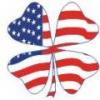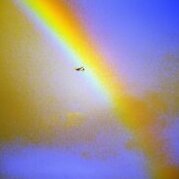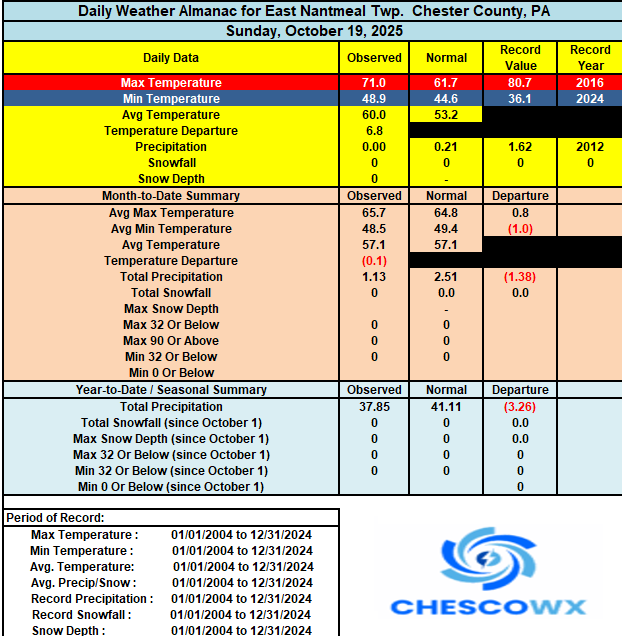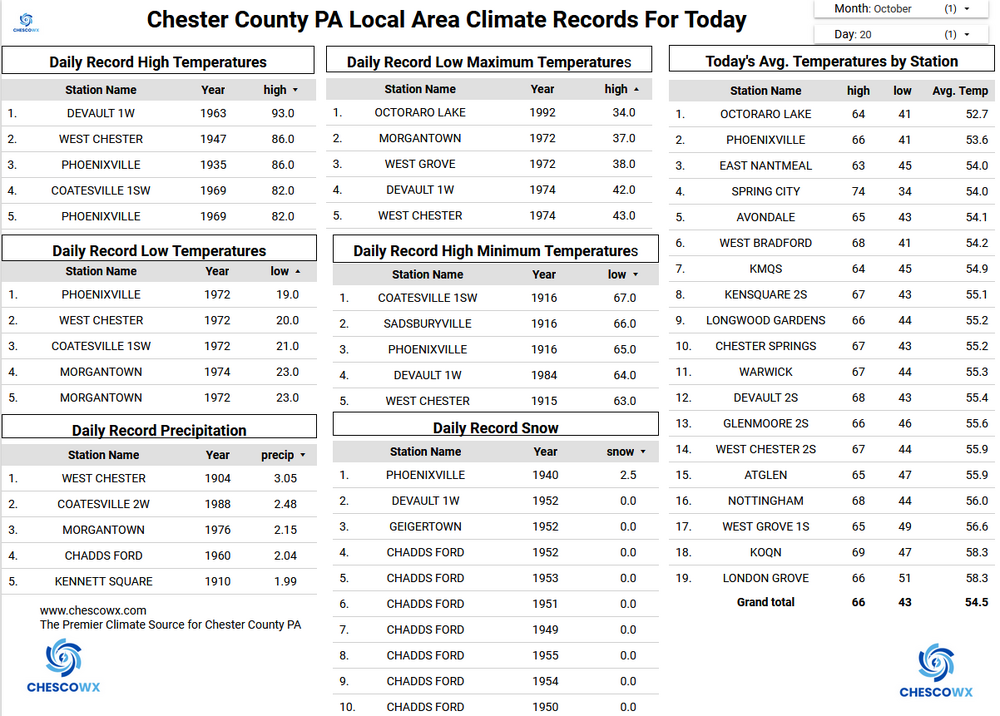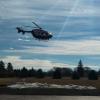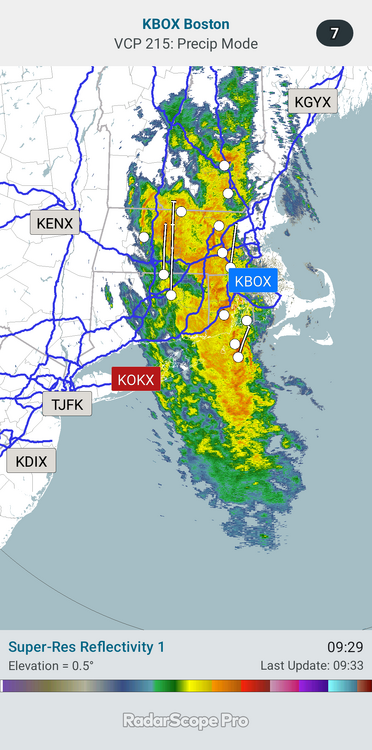All Activity
- Past hour
-
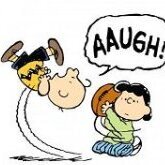
Spooky Season (October Disco Thread)
dryslot replied to Prismshine Productions's topic in New England
Good moisture plume moving NE on radar, Should be here within the next hour or two. -
From that radar you would think that we got crushed
-
My 9.48" this past May boosted me over 40" to 41.85" from 10/1/24-9/30/25.
-
congrats boston
-
0.02”. Crushed. Did have a strong wind gust around 2 am
-
Yes, chikungunya is in the United States, though locally transmitted cases are rare and have not been reported since 2019 until a recent case was confirmed in New York. The virus is most commonly spread to the U.S. through travelers returning from endemic areas in other countries, such as Africa, Asia, and the Caribbean. Recent case: A locally acquired case was confirmed in Nassau County, New York, in October 2025, marking the first U.S. case of local transmission in six years. Primary mode of transmission: The disease is spread by mosquitoes, specifically the Aedes genus, which can be found in the U.S. and its territories. Travel-related cases: Before the recent New York case, most U.S. cases were from travelers who had visited areas where the virus is prevalent. Geographic history: Past local transmission has been identified in areas like Florida, Texas, Puerto Rico, and the U.S. Virgin Islands. Symptoms: The virus causes symptoms such as fever, joint pain, headache, muscle pain, joint swelling, and rash. While it is rarely fatal, symptoms can be severe and long-lasting.
-

Monday, October 20, 2025 Squall Line Potential
CoastalWx replied to weatherwiz's topic in New England
It’s getting windy here ahead of the line. Nothing crazy though. -
Okay, just found it, well this mosquito borne illness is now in New York
-
Chikungunya Disease Definition: Chikungunya is a mosquito-borne viral infection that causes severe joint pain, fever, and other symptoms. Causes: The Chikungunya virus (CHIKV) is transmitted by the bite of infected Aedes aegypti and Aedes albopictus mosquitoes. Symptoms: Rash Fever Severe joint pain, often in the hands, feet, wrists, and ankles Headache Muscle pain Fatigue Nausea Complications: Most people recover from chikungunya within a week or two. However, some may experience chronic joint pain, fatigue, or other complications, such as: Arthritis, Eye inflammation, and Neurological problems. Treatment: There is no specific treatment for chikungunya. Treatment focuses on relieving symptoms, such as: Rest, Pain relievers, Fever reducers, and Fluids. Prevention: Avoid mosquito bites by wearing long-sleeved shirts and pants, using insect repellent, and staying indoors during peak mosquito biting hours. Remove standing water around your home where mosquitoes can breed. If traveling to areas where chikungunya is present, get vaccinated and take precautions to avoid mosquito bites. Additional Information: Chikungunya is endemic in many tropical and subtropical regions of the world, including Africa, Asia, and the Indian Ocean islands. The disease was first reported in Tanzania in 1953. The World Health Organization (WHO) declared chikungunya a global public health emergency in 2014.
-
(002).thumb.png.6e3d9d46bca5fe41aab7a74871dd8af8.png)
Central PA Fall Discussions and Obs
ChescoWx replied to ChescoWx's topic in Upstate New York/Pennsylvania
Most spots across the area picked up between 0.10" to 0.25" of rain overnight. We could see another shower this morning before we clear up and turn windy. Today and tomorrow will be not too far from typical temperatures in the low to mid 60's. We look to turn below normal starting tomorrow night and that should last though the rest of the work week. Some of our valley locations that have already seen a couple of freezes may see another one by Friday morning. Our next chance of any rain looks to be tomorrow night into early Wednesday morning. -
(002).thumb.png.6e3d9d46bca5fe41aab7a74871dd8af8.png)
E PA/NJ/DE Autumn 2025 Obs/Discussion
ChescoWx replied to PhiEaglesfan712's topic in Philadelphia Region
Most spots across the area picked up between 0.10" to 0.25" of rain overnight. We could see another shower this morning before we clear up and turn windy. Today and tomorrow will be not too far from typical temperatures in the low to mid 60's. We look to turn below normal starting tomorrow night and that should last though the rest of the work week. Some of our valley locations that have already seen a couple of freezes may see another one by Friday morning. Our next chance of any rain looks to be tomorrow night into early Wednesday morning. -

Monday, October 20, 2025 Squall Line Potential
bristolri_wx replied to weatherwiz's topic in New England
Lots of rain but not much wind. As usual wind gust model forecasts overdone. -
One of the many side effects of a wetter climate no one talks about is the rise of mosquitoes carrying infectious diseases never before seen here (as well as other parasitic insects and worms.) Something I've noticed in our hot dry summers is very few mosquitoes, less predatory insects, much less mold and lower pollen levels. We should just cut down the foliage overgrowth if they can't handle the lower rainfall.
-
The problem with more rainfall is many more infectious mosquitoes plus other predatory insects as well as more mold and more pollen. I think it's better if we just chop down all this excess foliage. We now have a new infectious mosquito here which never lived here before carrying an exotic disease which we have never seen before. It's called Chimchungachunga Disease or something like that. A big positive with less rain I've noticed is much less in the way of mosquitoes and insects in general, fewer allergies and much less mold.
-
50 inches sounds way too much for this area and much more like the Gulf Coast. I think we're seeing a pattern of drier summers and somewhat wet winters, sort of like how we had in 1966-67. That was a very hot summer followed by a very snowy winter. Other combos like that were 1993-94, 1995-96, 2002-03, and 2010-2011. How do you compare the current pattern vs those three summer to winter couplets of dry summers followed by wet winters? Lots of snow after hot and dry summers too....
-
The Limited Fine Mesh...
-
@Brian5671 don't be jealous
-

Spooky Season (October Disco Thread)
CoastalWx replied to Prismshine Productions's topic in New England
Looks boring for awhile -

Central PA Fall Discussions and Obs
Mount Joy Snowman replied to ChescoWx's topic in Upstate New York/Pennsylvania
Low of 52 with .46” of rain. -
Yea the rain was west, then disappeared when it came to Long Island, except the far east where it came back.
-
-
0.83 this morning. I win!
-
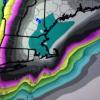
2025-2026 ENSO
40/70 Benchmark replied to 40/70 Benchmark's topic in Weather Forecasting and Discussion
Yea, I'm been trying to get it ...entered 70N/20N an 100E/60W. Must be doing something wrong. -
I selected custom for the map view and entered the coordinates.
-
0.5" in Holyoke, no interesting winds or anything. I'll take the rain tho.


